Yes you can bypass it
I'll do that tomorrow, and I'll clean up and dry the interior. Then I'll plan the repair with no rush.
Yes you can bypass it
Other question: does the carpet have a plastic, waterproof backing? In other words, is all the coolant soaked into the carpet? Or is there coolant down on the sheet metal under the carpet? And do I have to remove the carpet to clean up under there?
Other question: does the carpet have a plastic, waterproof backing? In other words, is all the coolant soaked into the carpet? Or is there coolant down on the sheet metal under the carpet? And do I have to remove the carpet to clean up under there?
Looks original to me. The rubber seal is intact. Most folks wind up cutting to get new hose ends through as it is tight going in and since they are angled doesn't help and I was always afraid I would bend/kink them and ruin the core.
Question: Does all coolant go through the heater core, or just a portion of it?
I'm asking because I anticipate my bypass to be potentially slightly kinked, which may reduce the inner diameter of the hose. Problem?
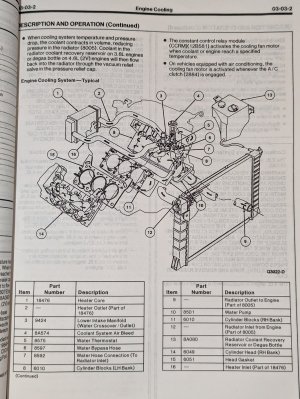

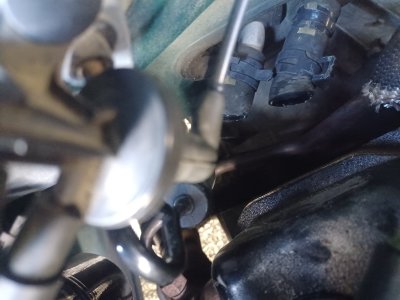
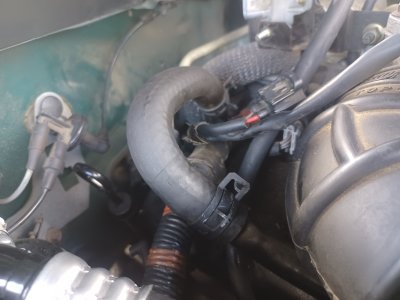
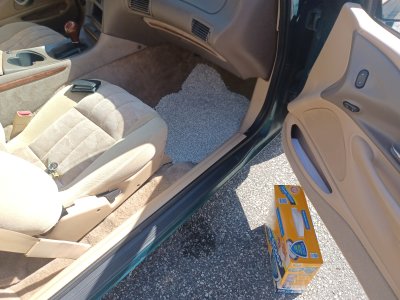
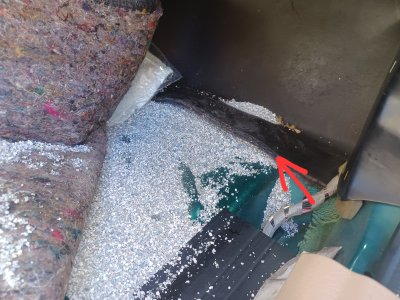
You know where the tech article does have its photos showing? On TSTSNBN!
Ok, so I'll very likely make this repair at some point; I just decided not to rush anything. Instead I want to read and study some first.
Meanwhile, I'll keep dropping questions here as they come up.
Reading in the factory workshop manual, the firewall gasket of the heater core comes out with it and is transferred to the new heater core. Yet, in the instructions in the tech article, it seems the gasket stays in the firewall (?); or am I misunderstanding something?
Probably because @XR7-4.6 copy/pasted the inline images along with his text which had references to embedded graphics that didn't paste with over here. He'll need to go and manually copy/reupload all his pics.
